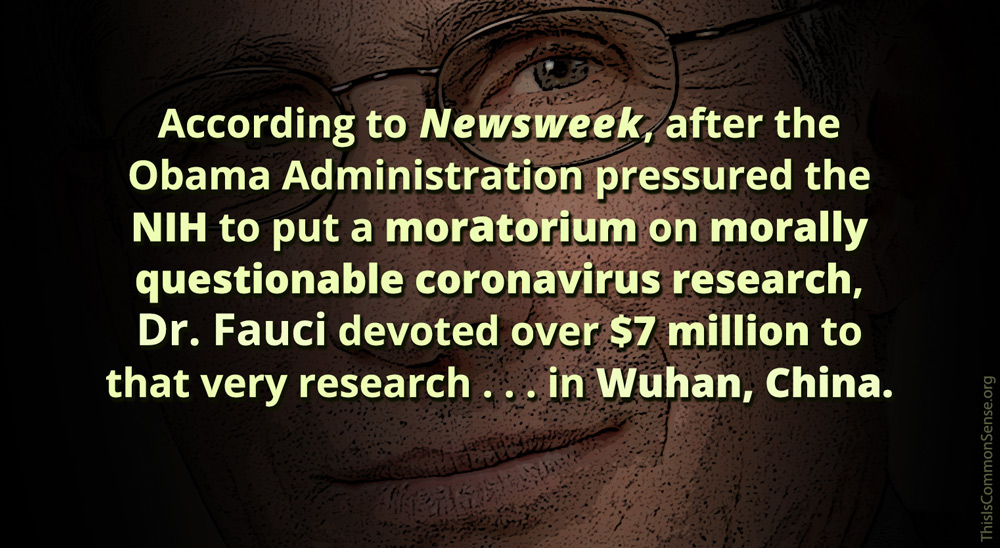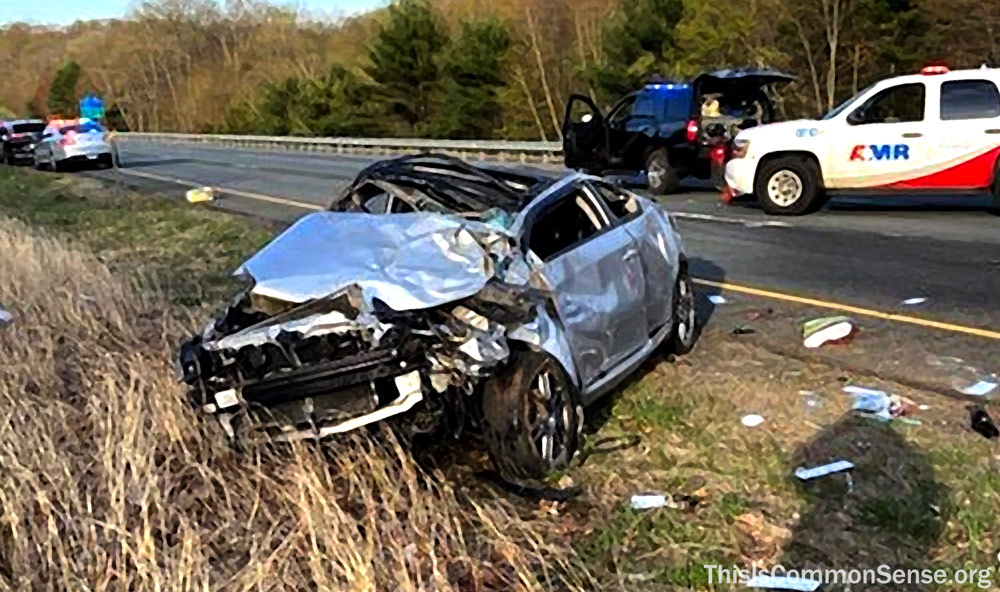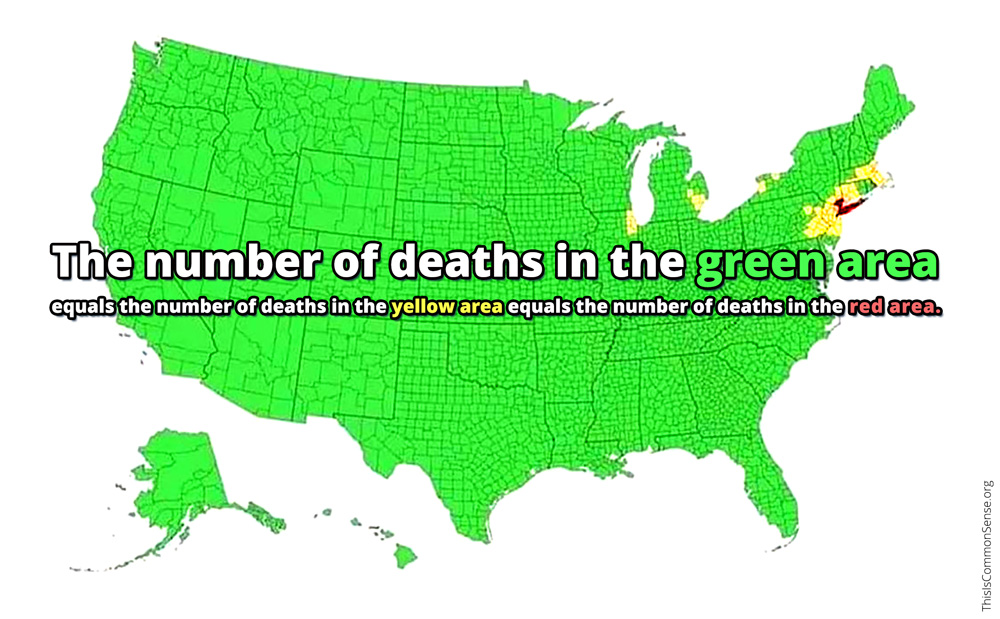Dr. Anthony Fauci, current director of the National Institute of Allergy and Infectious Diseases, served as a leader on the “Global Vaccine Plan” through partnership with the Bill and Melinda Gates Foundation.
Bill Gates, late of Microsoft, Inc., is on record desiring to make a future coronavirus vaccine mandatory for travel … and to institute tracking of everyone’s interactions.
After the Obama Administration pressured National Institutes of Health to put a moratorium on “gain of function” research of coronavirus in America, according to Newsweek, Dr. Fauci devoted over $7 million to that very research … in Wuhan, China.
The idea? To see if the coronavirus in bats could migrate into humans, using ferrets and other animals to cajole the virus to “gain function,” i.e. transmissibility.
The goal being to prepare vaccines in advance of naturally occurring jumps over the barrier between humans and other animals.
But many scientists regard this kind of research to be morally questionable.
And 12 Monkeys dangerous.
In the midst of all this has been one Dr. Charles Lieber, a 61-year-old nanoscience researcher, who recently “has been indicted by a federal grand jury on two counts of making false statements and will be arraigned in federal court in Boston at a later date. Lieber was arrested on Jan. 28, 2020, and charged by criminal complaint.” He allegedly lied about his relationship with China’s Thousand Talents Plan and his role as a “Strategic Scientist” at Wuhan University of Technology in China.
Where SARS-CoV‑2 — the coronavirus of the current pandemic — apparently came from.
Nanoscience is the engineering of really, really small stuff. Like strands of RNA and DNA and … viruses.
Does this induce confidence about that vaccine allegedly in the offing?
This is Common Sense. I’m Paul Jacob.
—
See all recent commentary
(simplified and organized)






